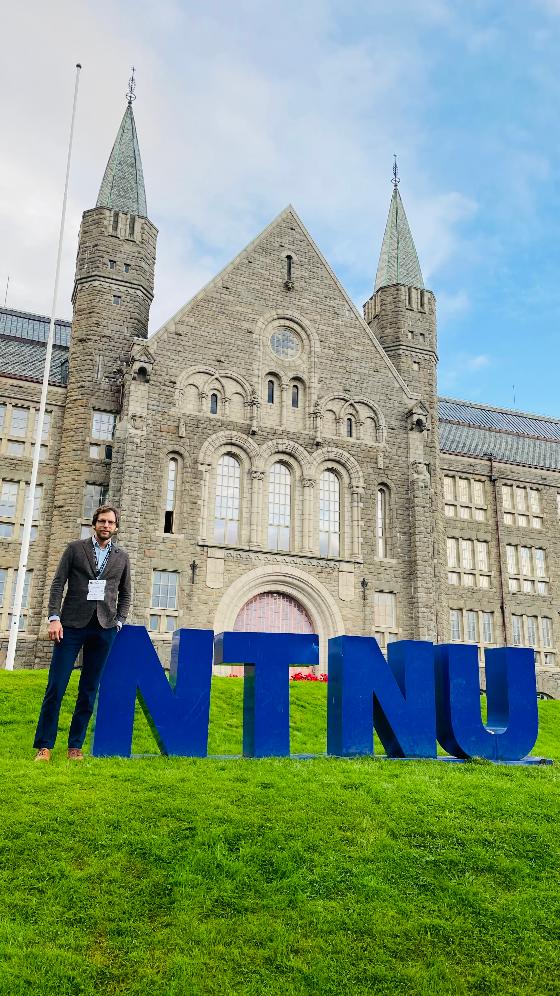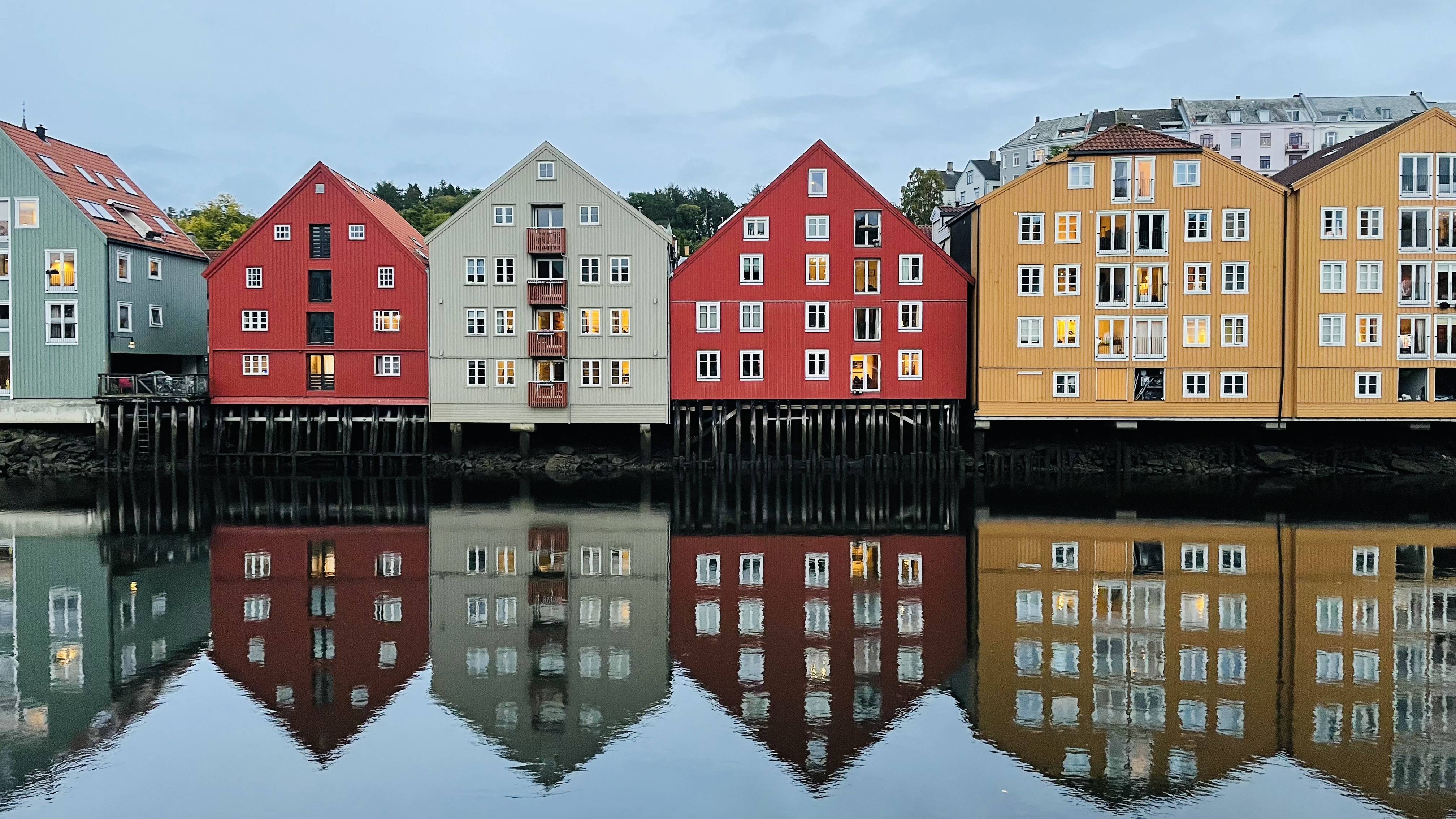
Participation in the ECPPM 2022 Conference
Václav Venkrbec from DeTeA was looking for new insights and ideas in Trondheim, where one of this year's biggest BIM events in the north took place.

The 14th European Conference on Product & Process Modeling (ECPPM) was held from 14th to 16th September 2022 as a biannual event of the European Association of Product and Process Modeling (EAPPM) . The conference has a long history and the location of the conference changes depending on the host country. This year it was a key Nordic event with the theme of digitization, automation, robotization, and process modeling in the construction industry, including the widely represented issue of BIM (building information management). Václav Venkrbec from the DeTeA research group of UiT The Arctic University of Norway participated in the ECPPM Conference 2022 in Trondheim.
At the conference, a number of new contacts were established with research institutions, such as the Norwegian University of Science and Technology - NTNU (NO) , The University of Maryland (USA) , Technical University of Denmark - DTU (DK) , Bauhaus- Universität Weimar (DE) , TU Wien (AT) , as well as industrial companies such as Sintef (NO ) and Clean Energy Solutions (AT) .
The use of advanced digital methods, including BIM, is suitable, among other purposes, for building materials design. Non-graphical information in the form of material parameters can be entered into the model manually or with the help of sensors already during construction with the possibility of using this information later. The advantage is that the information data becomes much more accessible for the next phases of the building's life cycle and can be used in the Life cycle impact assessment (LCIA), life cycle energy analysis (LCEA), life‐cycle cost analysis (LCCA), for the optimization of material design as well as for waste management at the end of life. Such digital tools are advantageous when new building materials are utilised, for instance, low-carbon concrete or geopolymer concrete. Geopolymer concrete is predominantly composed of waste materials and despite its visual appearance is similar to concrete, its properties can differ significantly. Therefore, it is important to assess geopolymer in detail, and integrate all new tools used during the structural design and throughout its whole life cycle. These are topics that the GEOSUMAT project led by UiT deals directly with.
